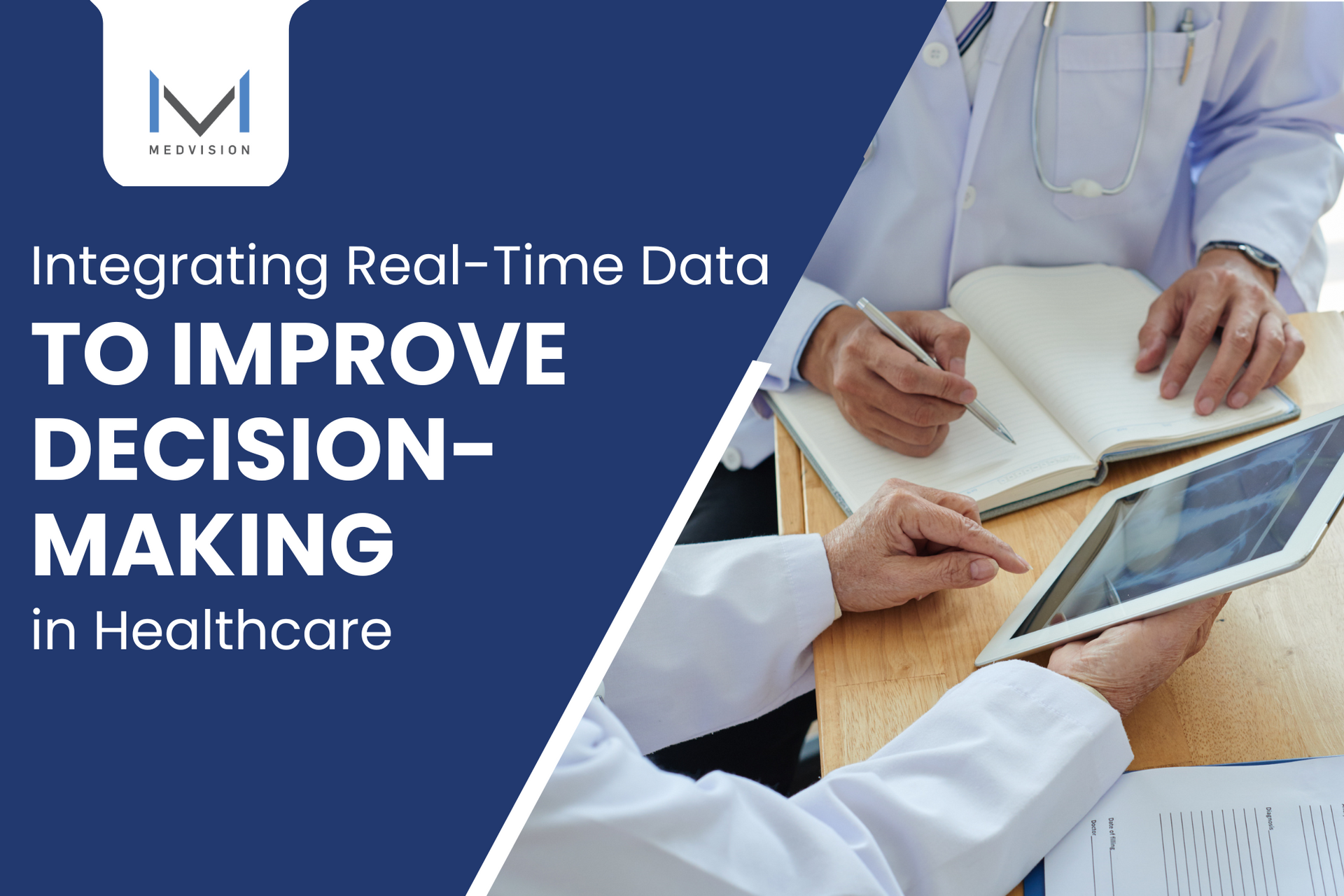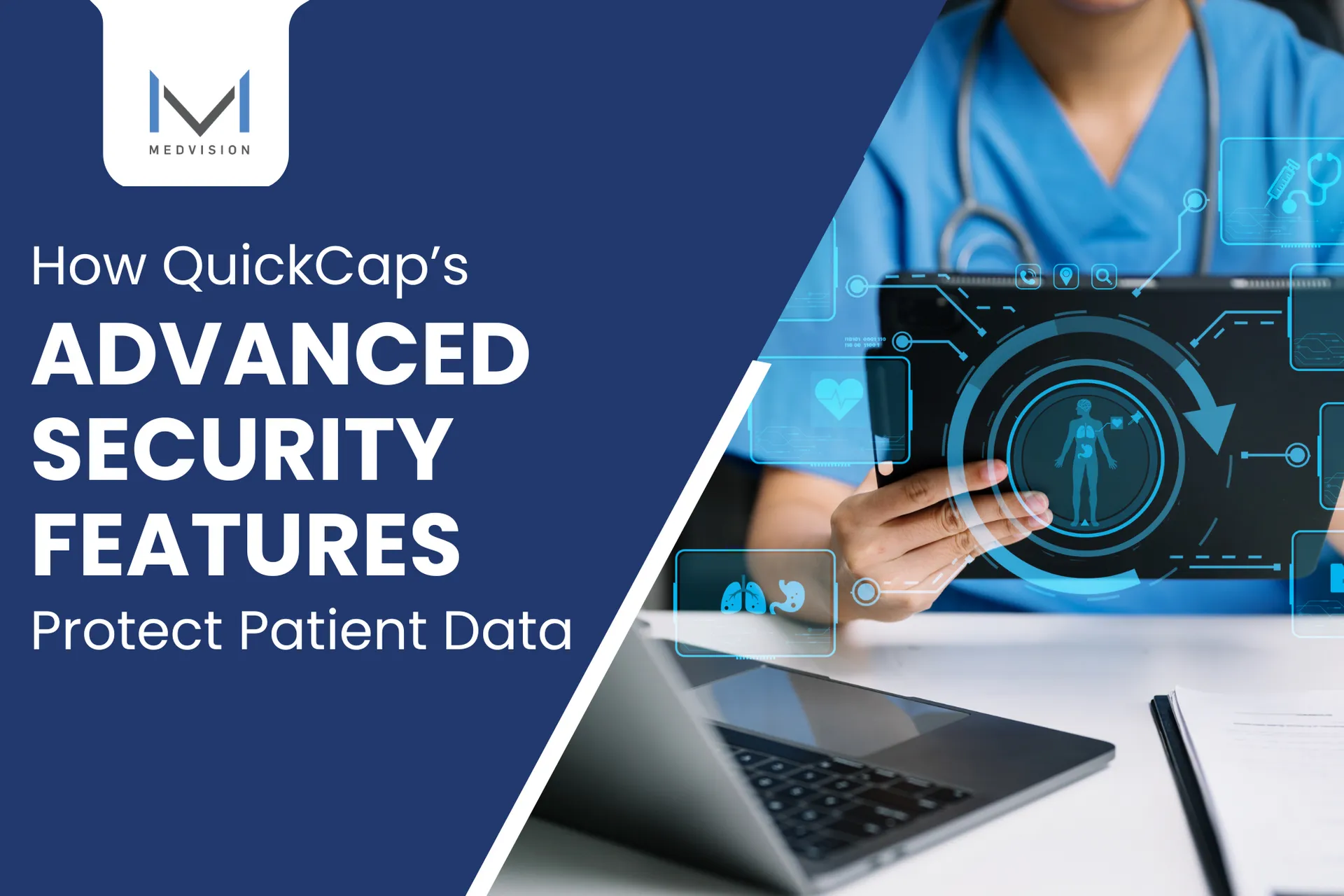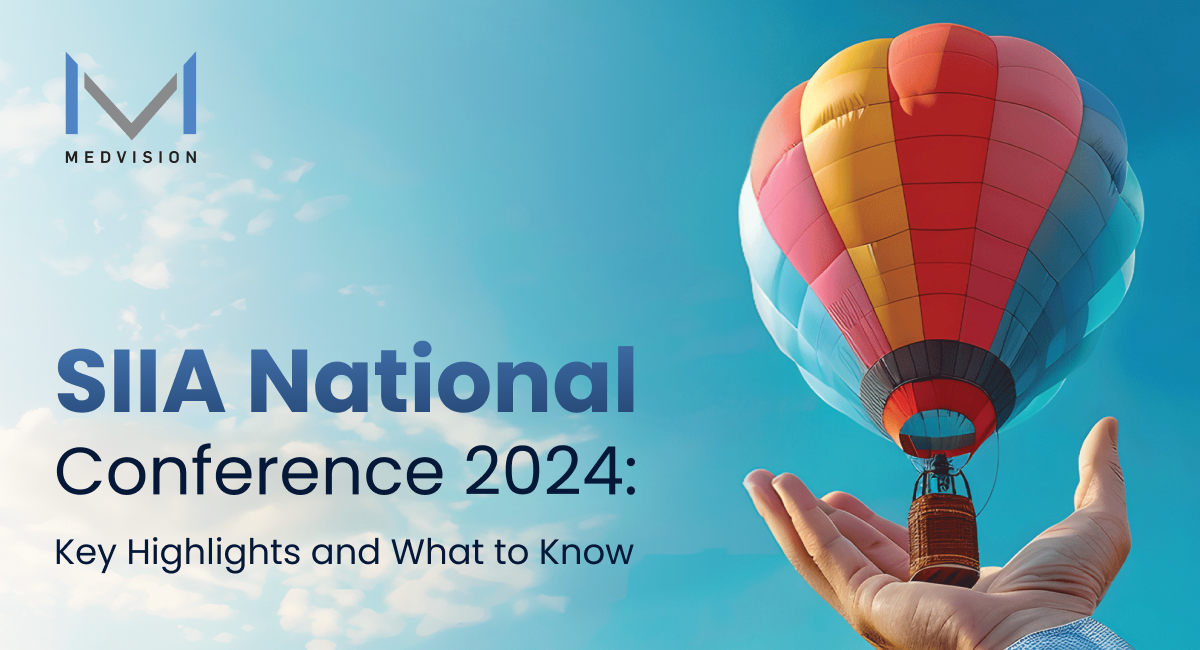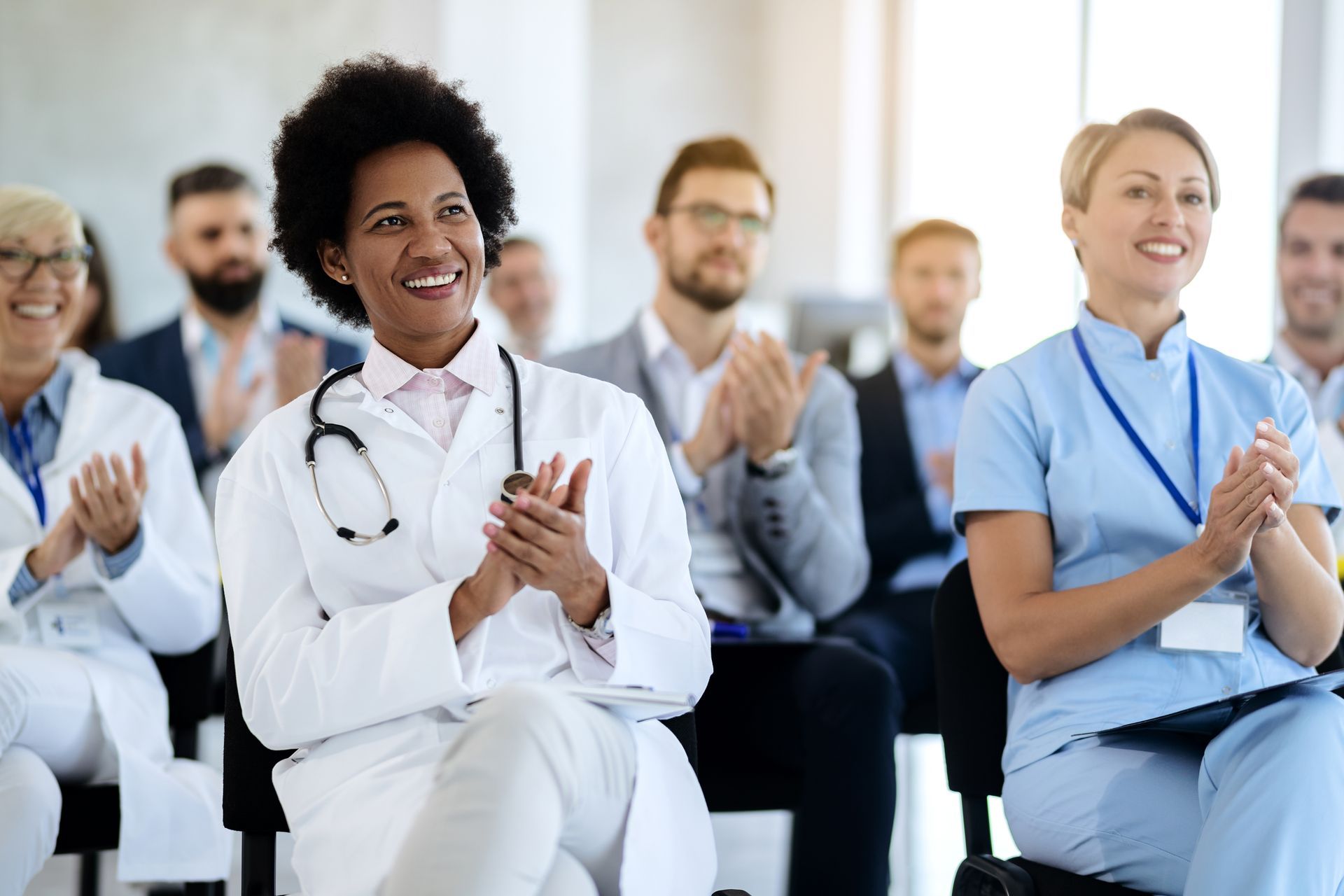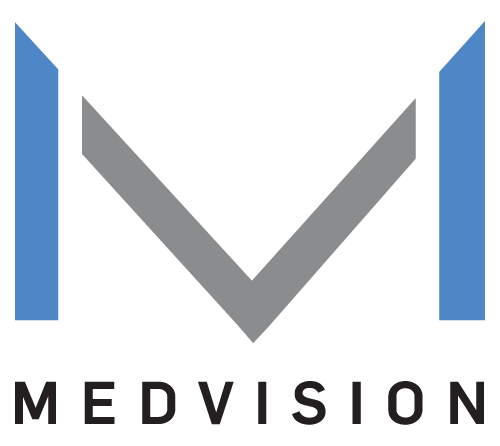Telemedicine in ACOs: Expanding Access to Quality Care
Amidst the growing demand for healthcare services, a large part of the population struggles with access to primary care. This gap leaves remote and underserved communities on the fringes of adequate medical support.
However, thanks to accelerated telemedicine adoption, bringing healthcare services to remote communities is more viable now than ever.
Collaborative provider networks like Accountable Care Organizations (ACOs), which champion value-based care, can transcend geographical limitations through technology and telemedicine solutions.
Read More:
ACO REACH: Enable Healthcare Access Through Telemedicine
ACOs change how healthcare works as they leverage the multiple uses of telemedicine. In this blog, we’ll explore how telemedicine enhances healthcare for all and dismantles the limitations of traditional care protocols.

How ACO Solutions Transform Healthcare
ACOs represent a shift towards collaborative healthcare, uniting providers to deliver high-quality care while controlling costs. They aim to improve patient outcomes by emphasizing preventive care, coordination, and population health management. ACOs promote coordinated care by fostering provider communication, sharing electronic health records, devising comprehensive care plans, and minimizing service duplication and errors.
Read More: How ACO Integration in Health Care Influences Outcomes
Traditional healthcare delivery faces challenges such as disjointed care, communication gaps, and a fee-for-service model that prioritizes volume over value. ACO solutions address these issues by emphasizing care coordination, prevention, and patient-centered care. ACOs enhance care delivery in an integrated healthcare ecosystem through value-based models and aligned incentives.
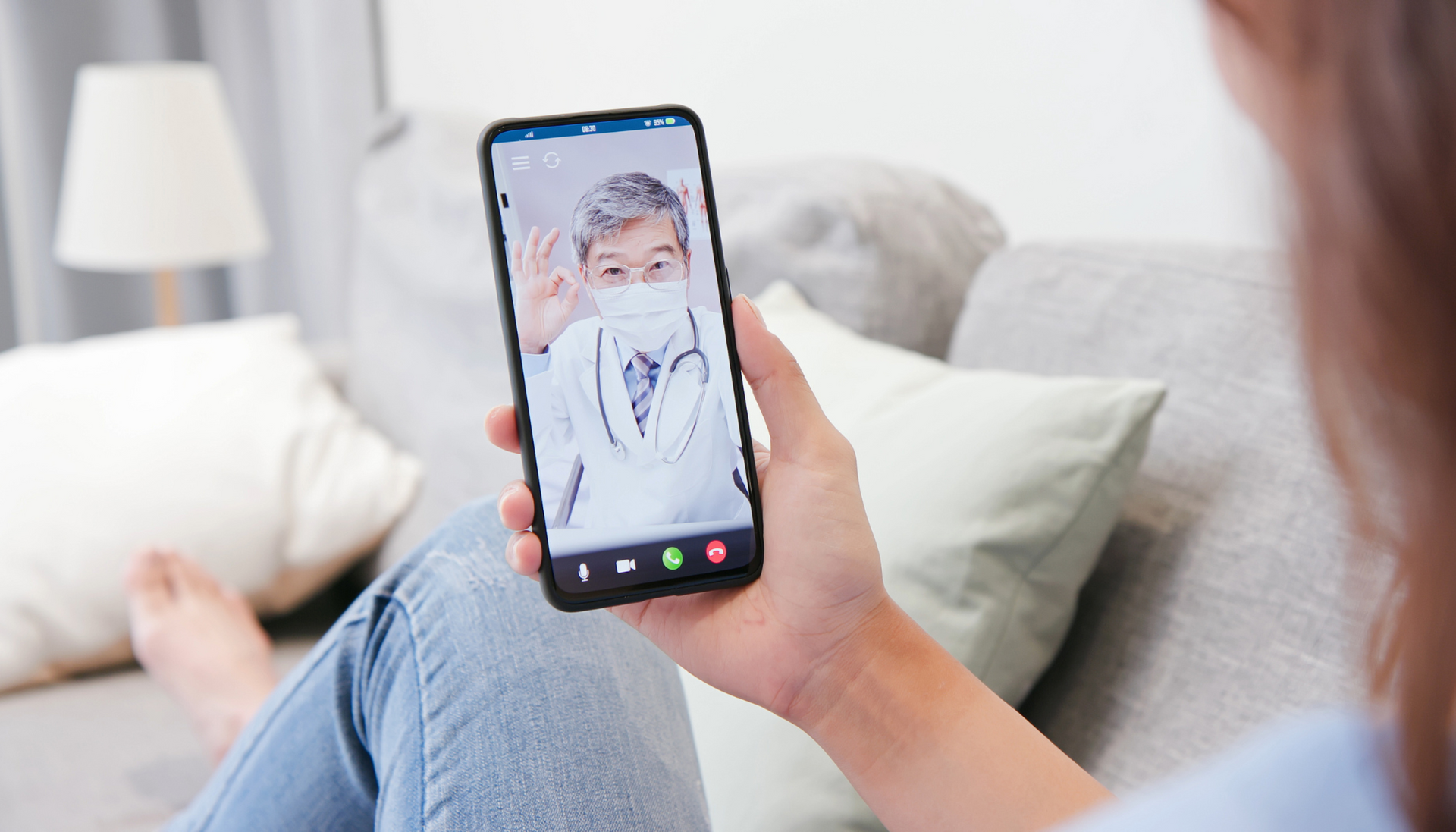
Telemedicine in ACOs: Amplifying Healthcare Reach and Results
Remote areas frequently struggle with scarce healthcare resources, posing a considerable challenge to accessing quality care. Telemedicine integration empowers next-generation ACOs to extend quality care to remote patients and bridge geographical gaps, improving healthcare access to rural and underserved populations. By taking distance out of the picture, telemedicine use in ACOs effectively eliminates one of the most persistent healthcare barriers.
Enhanced Care Coordination and Patient Outcomes
Healthcare providers within ACOs can collaborate and share patient information more easily through telehealth platforms and digital communication tools. This real-time exchange enables more informed decision-making, reduces duplication of services, and enhances continuity of care.
Patients benefit from coordinated treatment plans, timely interventions, and improved follow-ups, leading to better health outcomes and increased patient satisfaction.
Read More: How Care Coordination Software Impacts Your Practice
Efficient Resource Allocation and Cost-Effectivity
Telemedicine in ACOs isn’t just about improving healthcare access and care coordination. It also saves patients time and money by cutting down unnecessary hospital trips, travel, and other healthcare expenses.
Meanwhile, from a provider’s perspective, it improves how healthcare teams communicate and work together, making care delivery more efficient. ACOs can then wisely allocate resources, concentrating on preventing issues and targeted treatments, which saves money while keeping up quality care standards.

Telemedicine Integration Challenges in ACOs
Incorporating telemedicine within ACOs has its share of obstacles that require innovative solutions for successful implementation.
Regulatory Hurdles and Licensure Issues
Telemedicine solutions face challenges from different state rules and licenses. Following these varied laws makes it hard to give care across borders in ACO networks, which in turn, further complicate telemedicine adoption.
Read More: Here’s What You Need to Know to Avoid HIPAA Violations
Technology Limitations and Infrastructure Needs
The successful integration of telemedicine into ACOs depends significantly on having a robust technological infrastructure. But, it's hard to use it well when there's poor connectivity in remote regions and outdated systems in healthcare facilities. To fix this, we must dedicate significant investments to upgrading infrastructure and improving internet access in underserved areas.
Patient Acceptance and Adoption
Despite its rapid rise in popularity, a significant portion of the population are still on the fence about telemedicine.. Concerns about data privacy, limited digital literacy, and a preference for in-person visits make patients hesitant about remote consultations. To get more people using it in ACOs, we must teach patients about the good things about telemedicine and solve the things that worry them.

Empower Your ACO With Premier Telemedicine Solutions
With telehealth models' growing necessity in healthcare, having a reliable technology partner is essential for efficient remote care delivery. MedVision's QuickCap 7(QC7) is your optimal solution for seamless integration within ACOs.
QC7's provider mobile app facilitates collaboration among healthcare professionals, breaking geographical barriers for enhanced care delivery. Upholding strict adherence to compliance standards, QC7 ensures robust patient data security through high-level encryption and stringent access controls. These features safeguard patient information and foster trust among healthcare providers and patients.
With its innovative functionalities and steadfast commitment to data security, QC7 is an invaluable tool, empowering ACOs to navigate regulatory complexities while delivering efficient, confidential, and high-quality telemedicine services.
Invest in Your ACO’s Future With Effective Telemedicine Integration
References:
- Bynum, Ann B., Cathy A. Irwin, Charles O. Cranford, and George S. Denny. “The Impact of Telemedicine on Patients’ Cost Savings: Some Preliminary Findings.” Telemedicine Journal and E-Health 9, no. 4 (December 2003): 361–67. https://doi.org/10.1089/153056203772744680.
- Lowery, Curtis L., Janet M. Bronstein, Tina L. Benton, and David A. Fletcher. “Distributing Medical Expertise: The Evolution And Impact Of Telemedicine In Arkansas.” Health Affairs 33, no. 2 (February 2014): 235–43. https://doi.org/10.1377/hlthaff.2013.1001.
Recently published articles
Keep in touch
Subscribe to get the latest update
Trending topics
Share your insights on social media
Upcoming events and company news




